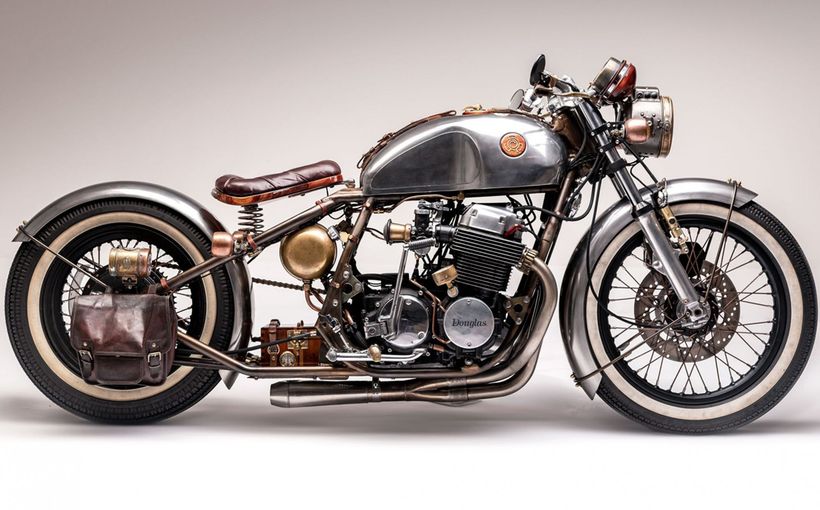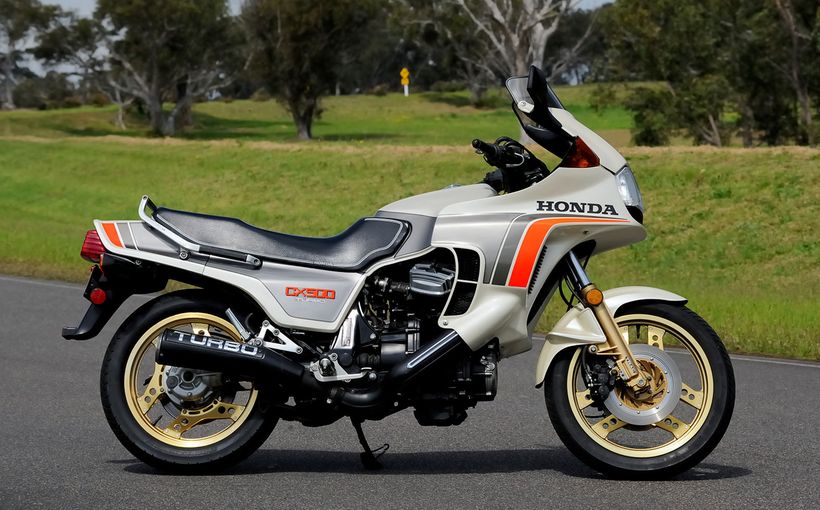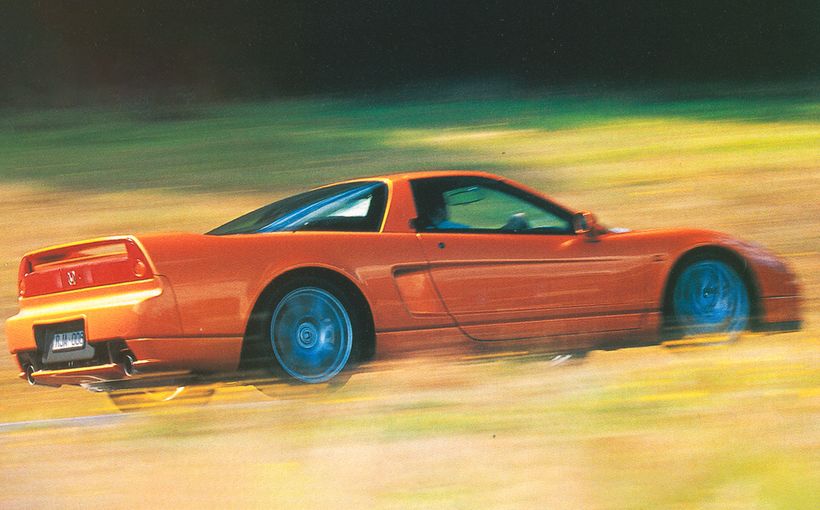1973-75 Honda Civic 1.2: Prelude to Acclaimed Civic Status

The 1972 global launch of the Honda Civic marked another significant Japanese milestone. Honda not only beat most Western car companies in the switch to front drive small cars, it was done on Honda’s terms. The Civic arrived as a trail blazer, not a follower, several years ahead of the VW Golf. The Civic was launched in Australia in March 1973 as an entry level two-door sedan costing just $2199. It was quickly followed by the pioneering hatchback version at $2270.

Even if the Mini had defined the two-door, two-box runabout, it hadn’t changed in more than a decade. It took the Fiat 128 to translate the Mini’s front drive space efficiency into a more practical world car. By 1969, the Fiat 128 had changed the small car blueprint so fundamentally that it was heralded as the New Beetle but not for long.
The irony was the VW Golf, which replaced the Beetle, owed more to the Fiat 128 than any other car except Honda got there ahead of VW.

After Honda identified the importance of the Fiat 128’s breakthrough development immediately on release, Honda engineers worked around the clock to develop the Civic in just over two years.
The Civic was the first Honda to be shaped solely by consumer surveys and not the vision of company founder Soichiro Honda. It therefore didn’t draw on the oddball air-cooled front drive Honda 1300/9 Coupe or the front drive Scamp which shared the Mini layout. The Civic was Honda’s first world car.
In the process, every detail of the new design was subject to Honda refinement so that it would meet the demands of any market yet still deliver Japanese reliability and ease of service. By the time Honda had finished there was no resemblance to the Fiat 128 except for Fiat’s fundamental layout change that was the catalyst for the global explosion in front drive cars.

The Honda Rework of the Fiat 128 Breakthrough
Drivetrain
The Fiat 128 moved the bar with a new transverse front drive powertrain layout different from the engine over transmission installation of the Mini. The new layout also meant the engine and transmission no longer had to share the same oil supply.
Fiat engineer Dante Giacosa positioned the engine and transmission side by side. Although it immediately reduced bonnet height, improved ground clearance and made clutch replacement easier, his layout initially created problems with uneven lateral weight distribution and torque-steer from unequal driveshaft lengths.

Giacosa also mounted the radiator across the front in the gap ahead of the transmission. As Leyland Australia discovered with the Austin Tasman/Kimberley, there was no point moving the radiator from the side of the engine bay to the front if there wasn’t an open path for the air to exit behind the radiator core. Where the Tasman/Kimberley overheated because engine bay air flow was restricted, the Fiat 128 with its thermo-electric fan and open area over the transmission addressed the cooling problems.
Fiat used its Autobianchi subsidy to fine tune any issues in its Primula small car before transferring the new approach to mainstream Fiat models.
For the 128, Fiat developed a belt-driven single overhead cam engine specifically for this application. It had an iron block with an alloy head. The engine bay was so tightly packaged that the ventilation intake was on one side, the spare wheel on the other. Working on the Fiat engine was not easy, especially timing belt changes as the engine was located close to the engine bay structure.

Honda took this purpose-built engine approach to another level with the Civic’s all-aluminium engine of 1169cc. It also had a belt-driven single overhead cam design but in this case it had a genuine hemispherical head with rocker arms to operate opposing inclined valves. There were five main bearings for strength and the cylinders were siamesed in pairs to keep the block short.
The Fiat 128 engine, like the Mini, had its distributor at the front where it was vulnerable to moisture (one of the most chilling experiences this writer has ever encountered was being stranded on an isolated Scottish road in a blizzard praying there was enough heat left in the heater core to blow dry the saturated distributor cap in a new Fiat 128 so the engine would run again and get three almost panicking occupants out of danger).
Because the Civic head was a cross-flow hemi design, Honda could bolt the four branch exhaust manifold to the front of the engine. The water-jacket inlet manifold carried a twin-throat carburettor at the rear of the engine, away from heat soak issues that can arise from locating it above an exhaust manifold in such a confined space.

By inclining the engine forward of the strut towers, Honda created the space for the distributor and alternator behind the engine on the passenger’s side, out of harm’s way yet both could still be accessed easily from the side of the engine bay. Both the timing belt and the drive belt for the water pump and alternator were also easily replaced as the Civic engine was mounted clear of surrounding structure.
The fuel pump was driven by the camshaft at rocker cover level, also away from exhaust heat. The main cabin ventilation duct was at the rear of the engine bay sealed from engine bay noise and fumes. A running change which applied to all Australian deliveries added a row of slots at each side of the bonnet, further improving engine bay airflow, always an issue with crowded front drive engine bays.
As a 1169cc engine, its 65 bhp/48.4kW was exceptional and contributed to a standing quarter mile time of 18.9 seconds and a top speed of 148km/h/92mph. The engine loved to rev but was also flexible at lower speeds. The twin throat carburettor gave drivers the choice of economy or performance.
For unleaded emissions markets, Honda developed its pioneering CVCC engine for the Civic which was so inherently efficient, it didn’t require a catalytic converter to meet emissions requirements. Extra length ahead of the front wheel arches was added for the later four door 1500 version and the CVCC-powered models.

Structure and Chassis
The big advance for the Civic was Honda’s use of thinner one mm sheet steel that cut weight but was subject to more stress analysis than usual to ensure that structural strength was retained. A weight of 657kg for a car this well-specced was exceptional although this was in the days before crash requirements were the consideration they are today.
The Civic had a front sub-frame which carried the engine and front suspension lower members. The clever part was to add the steering rack to this sub-assembly. This generated a steering column that ended before the firewall with almost vertical connections to the steering rack below it, similar to what Fiat did. The steering linkages travelled down inside the vehicle just ahead of the pedals. Not only did this isolate the column from frontal impacts but it could be moved easily from right hand to left hand drive without tangling with engine parts.
Part of the structural engineering involved spreading forces throughout the body. The most visible example of this was the large engine torque rod between the top of the engine and the firewall to prevent the engine from rocking under acceleration and deceleration.

Less obvious were the suspension struts at all four corners. This was a big advance in 1972 and a major step forward over the rear swing axles in the Fiat 128 that were attached to a transverse spring with a single leaf.
Each of the Civic’s four coil springs and struts were attached to lower arms that pivoted closer to the centre of the car than most small cars. Along with their additional location rods, they provided long suspension travel and consistent geometry front and rear unheard of in this era for a small car. The lack of geometry change at the extremes set new benchmarks and made the Civic almost uncatchable on broken surfaces.

Despite the Civic badge, the new Honda’s abilities shone way beyond city limits as it proved to be a superb dirt road performer. Tuning the suspension bushes, spring and damper rates was an ongoing process but the basics were right from the start.
Front disc brakes were standard in a market segment that had yet to discover them at entry level. Although wheelbase was much shorter than its typical Corolla/Datsun 1200/Mazda 1300/Escort/Torana rivals, interior space was comparable.

Body and Cabin
The Fiat 128 was typical of minimalist Italian cars with an upright boxy shape and relatively flat easily-pressed panels. It was no coincidence that the 128 had a long life in Yugoslavia long after it was replaced in Italy.
Honda was on a mission by 1972 to prove that it could press more sophisticated curved panels that matched perfectly. Even if the Civic was cheap, it didn’t look cheap. This was an important consideration for the US market where it had to hold its own against much bigger cars and the Australian market where its entry price was inflated by stiff tariffs.
Honda explains its design philosophy for the Civic: “The Civic’s “mould” design spurned the traditional obsession with style and took the “maximum value from the minimum mechanical space” concept to the extreme. This design helped entrench its image as a familiar “people’s car.”

The end product was closer to a Mini two-box design but with curves in the side panels, integrated wheel arch flares in the front and rear guards, power bulge in the bonnet and a front with raised eyebrows over the headlights, it was typical of more upmarket models. At the time it was compared with the best European designs, not the cheap ones.
The Civic rear was classy too with the same subtle curvature as the Mini but with extra detailing in the tail lights, two number plate lights instead of one and separate reversing lights under the bumper. The only jarring note was the external boot lid hinges but they were at least chromed or deleted if you ordered the hatchback version.

Unusual for a car in this size and price range was the hefty-looking European bumpers with black inserts. Similar to those seen on local Volkswagens since 1968, they were mounted well-clear of the body and made the Civic look far more substantial than its weight suggested.
Last but not least was the exciting range of colours including a range of bright solid colours and metallics. They added to the air of quality.

Inside the dash design was both novel and classy, adding an upmarket feel. Because the BMW models that inspired it were rarely seen in most Civic markets, this open, less imposing dash layout appeared as fresh and brand new in this segment.
Along with the shaped bucket seats with their pleated facings, the whole effect was classy European.

What the Press Said
Wheels revisited the Honda Civic in May 1973 after the official Australian-spec version went on sale minus the front wing mirrors, whitewall tyres and indicators under the front bumper of the Japanese version. Ventilation slots had been added to the bonnet, separate parker/indicator units added on top of the front bumper, the hazard light switch was moved to the steering column, wipers moved from a column stalk to a dash switch and there was a cheaper plastic-spoked steering wheel.
The article was titled: Supercar – 1973-style!
“After a long and tough road test, we’re stunned by it.
“We see it being to the seventies what the Holden FX was to the forties, the VW was to the fifties and the Mini was to the sixties.
“Apart from its super-low price, the car has excellent handling and performance to keep a young enthusiast happy, light controls, amazing flexibility, outstanding visibility, as well as plenty of nooks and crannies to please women, enough space and carrying capacity for a young family man and it is quick, agile and sporty enough for the businessman who needs a compact and economical commuter.
“For the $2199 it comes with fully-reclining buckets, trip meter and laminated windscreen included among the standard equipment.”

Post Script
After this amazing start, the Civic went on hold its own as one of the few vehicles in Australia where the two-door version was more popular than the four door models, including the wagon. The original two door sedan/three door hatch was updated with a slightly larger 1237cc engine in 1976 for Australia’s ADR27a emissions requirements.
This series was facelifted again in March 1978 with a minor grille change, squared-off bumper caps and indicators moved into the bumpers. The hatchback took over as the only version with two doors at this point. It was upgraded again with flow-through ventilation and heater rear window in 1979.
Although the original series was finally replaced at the end of 1979, the new body shape was a smoother, more modern version of the original. This shape remained current until 1984 when the popular aero sports hatch version of the third generation Civic replaced it and took the Civic in a new direction. It was one of the few hatchbacks in Australia to maintain a niche market as a three door, a product of the styling and the cut above sporty feel of all Civics up to this point.

The first Civic also sired the first Prelude seen in Australia from 1979. Australian four door sedans were the bigger 1500 version of the two door short boot body until 1978 then replaced by a five-door hatchback version of the 1237cc three-door hatch for 1978-79. A three-box version of the second-series Civic with an extended boot was launched elsewhere as the Honda Ballade but not sold in Australia. It was this car that became the Triumph Acclaim in the UK.

The Civic’s legacy? It outlived the Mini and the original Golf in Australia. Before the Mini was withdrawn, it also prompted Leyland to deliver some spectacular and unique final editions based on the Clubman body including several LS, Sunshine and SS models. By the early 1980s, every small Japanese hatch was a clone of the Civic or the Golf.

Protect your Honda. Call Shannons Insurance on 13 46 46 to get a quote today.









